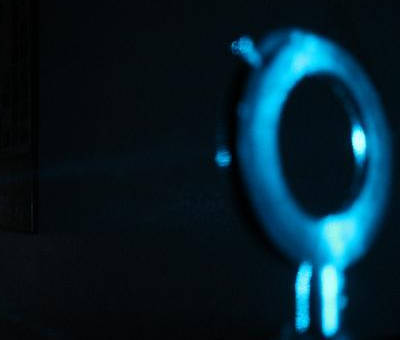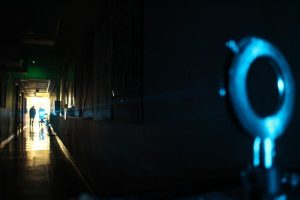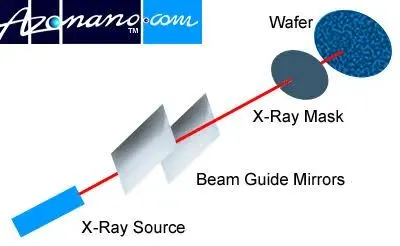
In a proof of concept, they positioned a passive glass sensing capsule up to 30m away from novel type of reader, and then interrogated the cell with lasers.
“Importantly, compared to more traditional sensors [this sensor] can function without any metal parts, which can scatter the radio frequency field of interest, and the sensor is accessed via laser light, replacing the need for electric cables,” according to the university.
60kHz amplitude modulated signals were picked out from few-mW carriers between 10 and 20Ghz with up to 30dB signal-to-noise ratio.
The experimental sensing capsule is a closed tube 150mm long and 27mm diameter containing room-temperature rubidium vapour and a corner-cube reflector prism – a characteristic of this prism is that it sends laser beams back on a path parallel to the one they arrived on.
Rubidium is present because it can be made transparent to certain infra-red light wavelengths by illuminating it with certain blue wavelenghts – known as electromagnetically induced transparency.
If microwaves impinge upon rubidium vapour illuminated in this way, the infra-red transparency changes.
This effect has been known for a decade or so, but until now no one has reported a method of interrogating such a collection of atoms remotely, said the university.
The Otago remote reader, created by a team at the Dodd-Walls centre for photonic and quantum technologies led by physicist Susi Otto, consists of a 480nm blue laser and a 780nm infra-red laser, plus a dichroic mirror that combines their beams into a pair of closely-spaced parallel beams.
When this beam pair arrives at the sensing cell, it passes though the vapour and then hits the corner reflector, whose geometry is such that it reflects each beam back along the path of the other beam.
In this way, the blue control beam and the infra-red sensing beam pass in opposite directions though two different volumes of the vapour. (Ed: Electronics Weekly is seeking permission to use a diagram to explain whole thing better…).
Back at the sending end, the same dichroic mirror splits the two wavelenths, passing the infra-red part to a detector for analysis.
This is a greatly simplified description, for full details read ‘Distant RF field sensing with a passive Rydberg-atomic transducer‘ in Applied Physics Letters.







